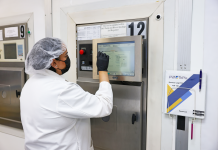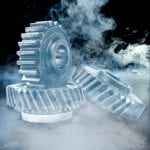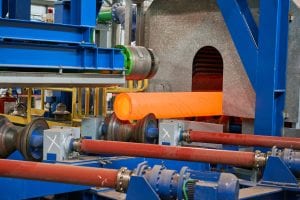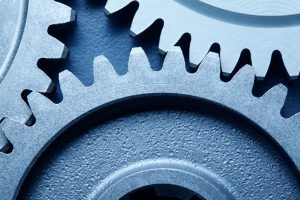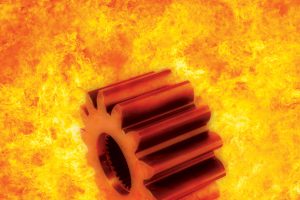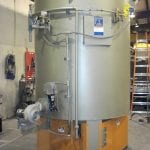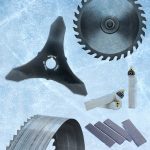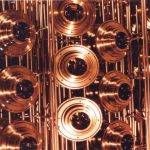When the time comes to purchase a new lab or industrial furnace, there are several points that need to be considered before going out for bids. One of the first considerations should be the desired operating temperature that will be used most often. “Most often” because many new lab and industrial furnace purchasers often assume that one furnace can operate through a broad temperature range.
For instance, a common inquiry would be, “I need a furnace that can be used from 1,000°C to 1,800°C.” While this request is certainly possible, the requested temperature range crosses all three temperature boundaries and price ranges that will be covered next. This is a common mistake that leads to sticker shock that can be discouraging to new furnace purchasers. Upon further discussion, users may elude to the fact that 95 percent of their processes only require a maximum temperature of 1,100°C, which would be more realistic and certainly more cost-effective at purchase time.
Temperature Ranges
Lab and industrial furnaces can be divided into three temperature ranges, based on their heater technology. The first is based on wire heating element technology, which extends to a maximum of 1,300°C, although some special-use applications claim up to 1,400°C. The second group is based on silicon carbide (SiC) heating elements and generally has a useful upper range of 1,550°C. The third group uses molybdenum disilicide (MoSi2) heating elements that can easily reach 1,750°C and with care, can be used up to 1,800°C. Of course, with increasing temperatures, the pricing also increases. A rough rule of thumb indicates that if a furnace with a maximum temperature of 1,300°C costs one unit, a furnace with a maximum temperature of 1,550°C will cost two to three units, and a furnace with a maximum temperature of 1,750-1,800°C will be three to four units. This rough order of costing assumes the same general heated chamber geometry for each unit.
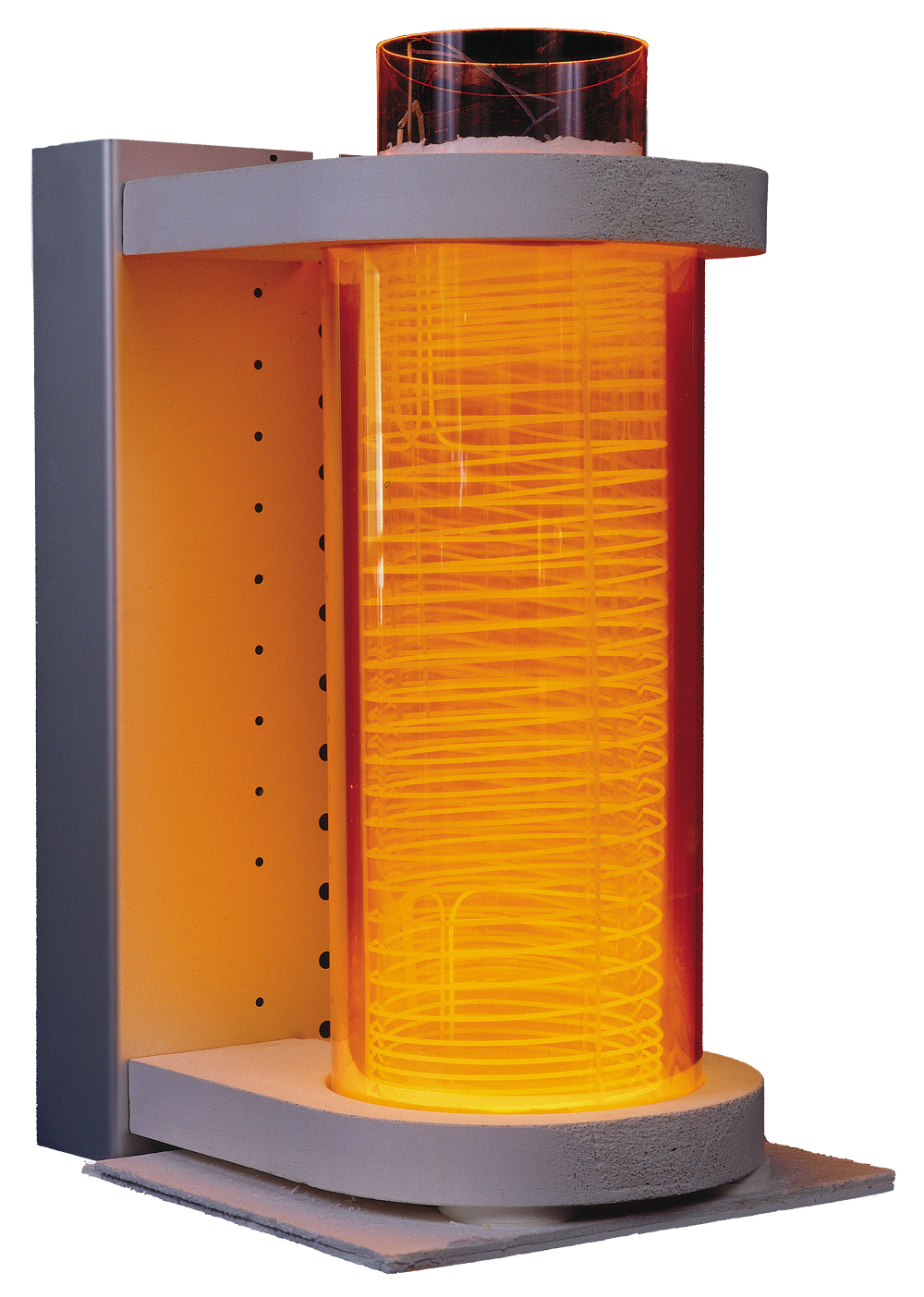
As a side note, the terms “furnace” and “kiln” should be explained. Basically, the terms are industry-specific jargon. The term “kiln” is most often used in ceramics processing and the cement industry, while the term “furnace” is used most often in metallurgical processing, general heating, and material characterization applications. Depending on the industry, the same unit may either be referred to as a kiln or a furnace. Generally, the terms can be used interchangeably.
Future Considerations
Another point to consider may be future expansion. It may be required that a furnace is ordered with specific working dimensions for existing projects, but plans may indicate that future projects will require a larger unit. Depending on time frames and cost restrictions, it might be wise to seriously consider a larger unit for the initial purchase. Unfortunately, due to a wide range of variables, there is no easy way to estimate how much more the larger unit will cost without getting an actual price quote. In some instances, doubling the working volume will add less than twice the cost and delivery time. In other instances, the cost could more than double, and the delivery could be significantly extended. If future projects dictate a higher temperature unit will be required, several factors must be evaluated.
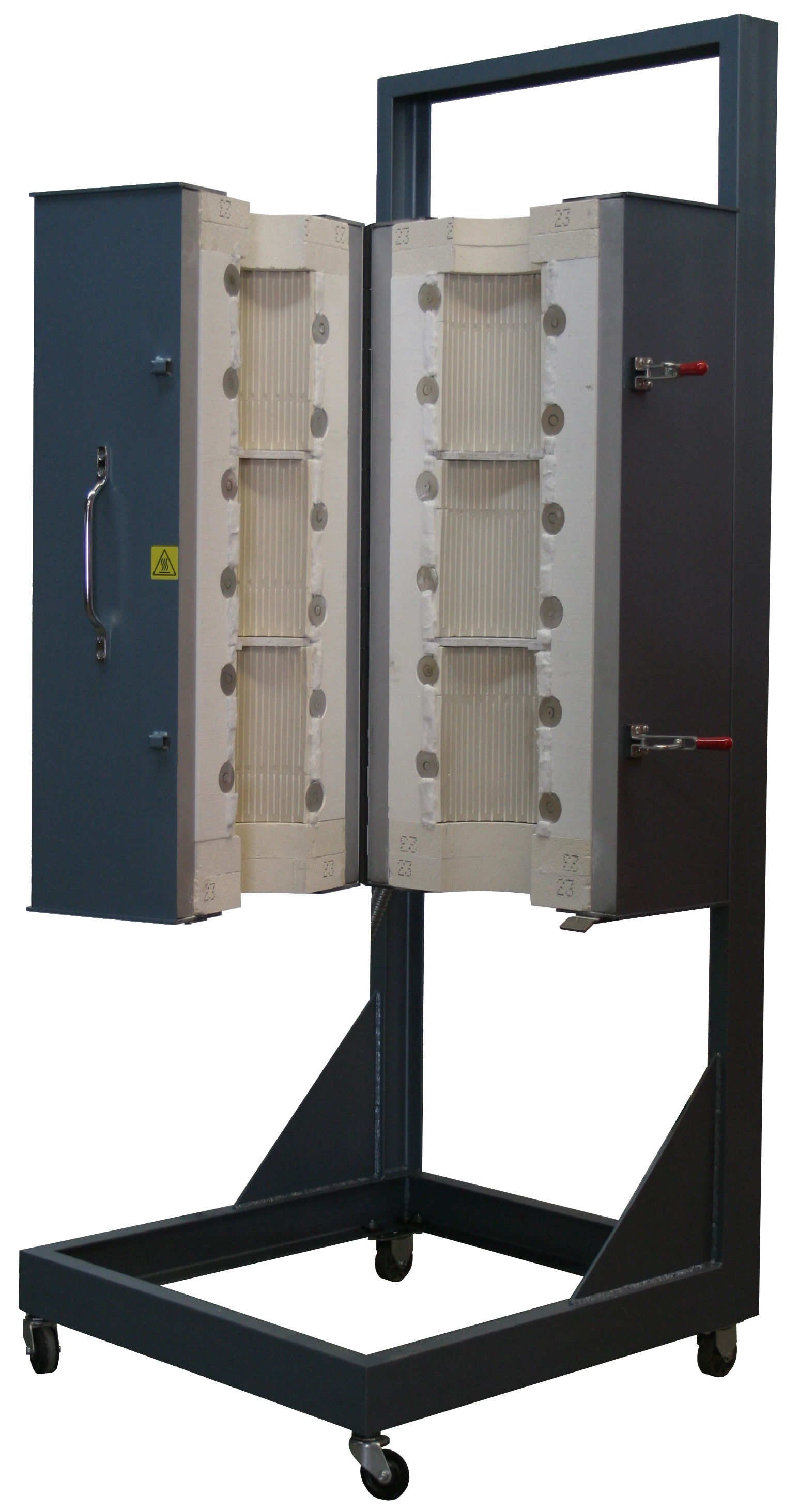
There may be a higher cost for the increasing temperature range; the external size of the unit can increase with temperature because of the need for more insulation. You must also consider the current existing normal operating temperature parameters with respect to issues of maintenance, reliability, and temperature uniformity as compared to a higher temperature unit. Furnaces are designed to operate most efficiently and give the best uniformity at their specified operating temperature. Purchasing a 1,600°C rated furnace based on possible future applications and then using it for day-to-day operation at 600°C only creates operational issues with process control and temperature uniformity. This would be the equivalent to buying an F1 racecar to drive to town to buy groceries with the remote possibility that you may have a chance to drive in the Monte Carlo Grand Prix some day. Capital costs, reliability, low speed performance, and maintenance issues would be such that perhaps a used VW would have been a wiser purchase, not to mention advances in technology that may occur, rendering the unit somewhat obsolete and out-of-date.
Furnace Geometry
The next point to consider should be furnace geometry. Should you purchase a box unit or a tube unit? The box unit is great for loading samples in a batch operation, while a tube unit is generally better for a continuous application such as gas conditioning or material characterization testing that can take place inside of a process tube. Each style also has additional options to consider. With a box unit, there are several types of doors such as a simple front door (either vertical or hinged side swing) or perhaps due to special process applications, a bottom loading or elevator-type unit may be required where the samples are loaded on a base that is then raised into the bottom of the furnace. The elevator unit typically can be made more uniform and can be loaded “hot,” and if designed correctly, has a faster recovery time and can be more efficient, but at the drawback of a significantly higher purchase price and possible higher maintenance costs due to moving parts.
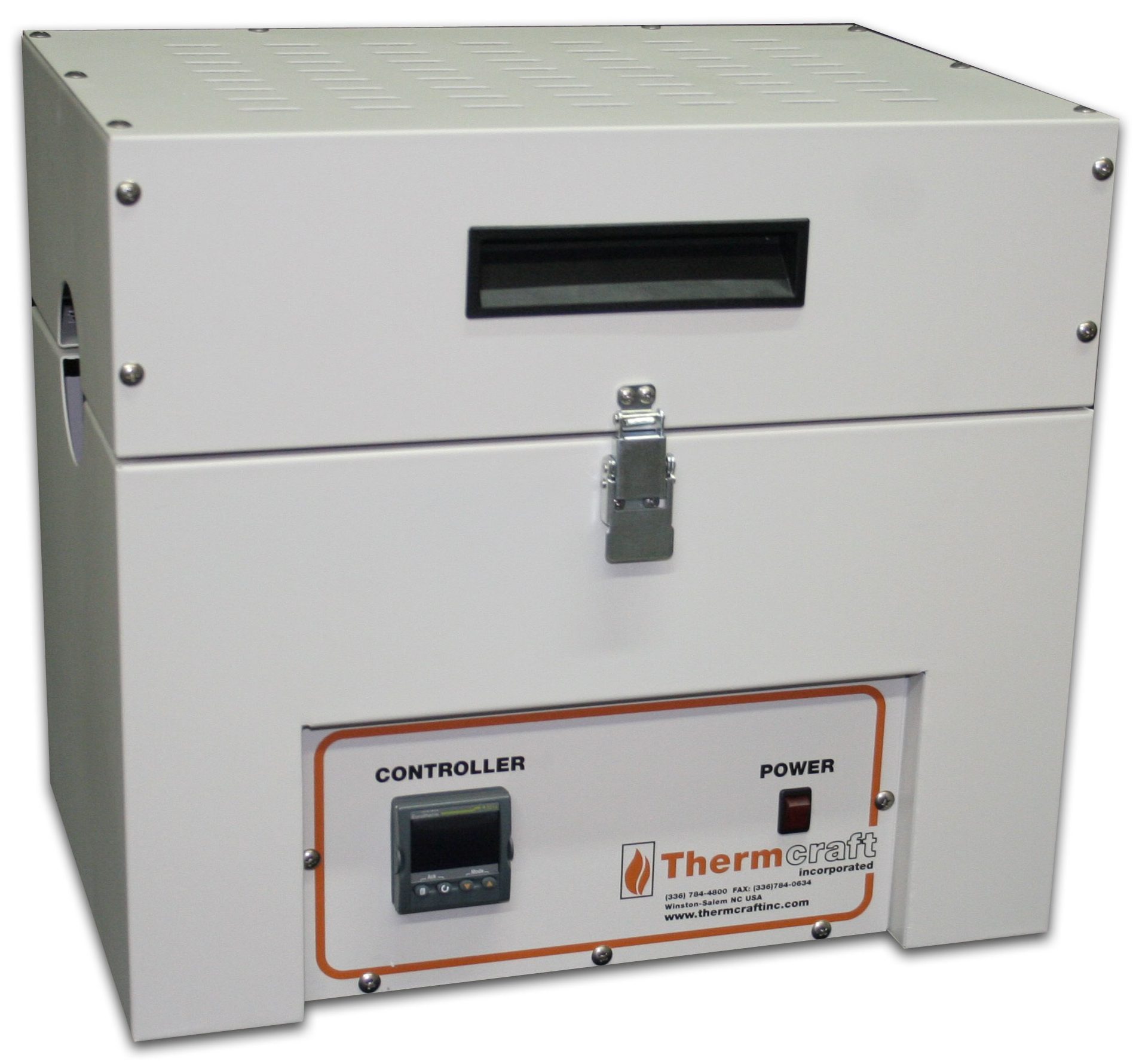
With tube furnaces, you have the option of either a solid tube or a split tube type. If the application requires repeated access to the internal heated chamber, then a split tube is the better choice. The solid tube unit will offer a generally flatter section of radial uniformity and will cost typically 20 percent less. In some cases, the process requires that samples be shielded from direct radiation from the heaters. In this case, the solid tube unit can be designed with a thermal diffuser built in as an integral part of the heating structure, while the split tube will need a separate unit installed and supported. This thermal diffuser will also somewhat negate the advantages of quick access to the samples being processed, unless the thermal diffuser is also used as a carrier that is loaded ahead of time and then placed in the furnace for processing. In some cases, rather than having a flat uniform temperature in the working area, it is required to have a known temperature gradient across the work area. In this case, a tube furnace would be the most beneficial, simply adjusted solution.
Uniformity
Uniformity is another issue that must be addressed. A general rule of thumb states that the center 80 percent of the working dimensions of a furnace will exhibit a +/-5°C temperature variation. Should a greater uniformity be required, several options exist. For lower temperature units (approximately 700°C or lower), stirring fans or recirculating air heating systems would be necessary. For higher temperatures, the furnace may need to be larger in order to achieve the required temperature uniformity or “flat zone.” Perhaps a different heater configuration may be recommended, or the addition of multiple heat zones may provide the solution. Unfortunately, no hard or fast rule covers all situations. It is often the case that the design requirements are specific to the user’s uniformity and operating requirements.
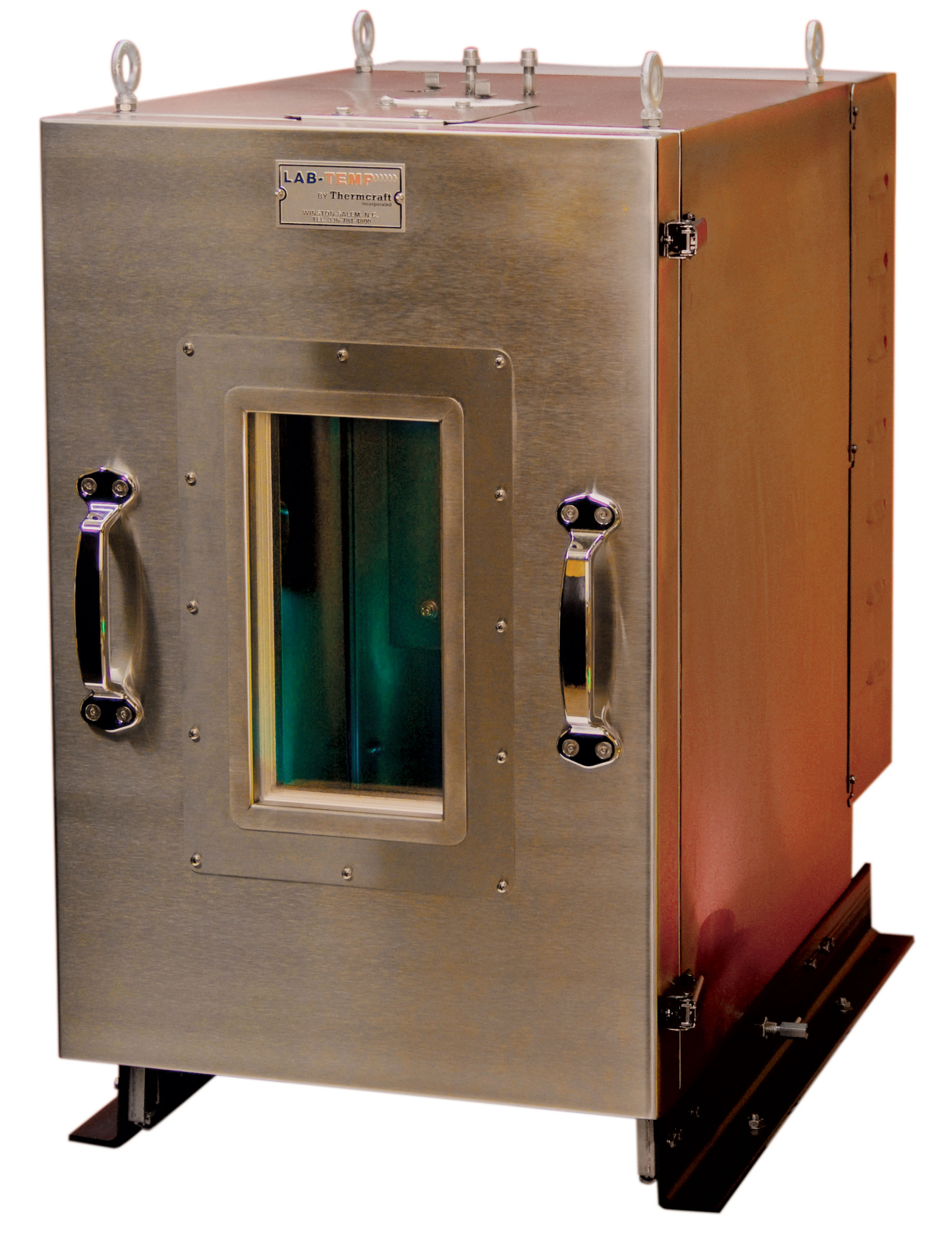
It may be required to add some sort of forced or controlled cooling due to process requirements. Many options are available ranging from the introduction of cooled gases, to vents, fans, or a combination of all the above including special programming of the temperature controllers to achieve a controlled cool-down cycle.
Controls
Another important consideration is the type of controls desired. Will a standard single set point temperature controller work (unit ramps at an uncontrolled rate to a set process temperature and stays there until manually shut down), or will a programmable unit be required (adjustable ramp rates with hold times, soak times, and shut down after completion of the process)? In addition, some sort of data logging and/or computer interface may be desired or an over-temperature control to ensure that the unit does not self-destruct. Of course, with increasing degrees of sophistication and technology, the price will also increase. Thanks to advances in technology and electronics, many of these options are significantly less expensive than they were just a few years ago, and in some cases, one controller can perform many different functions.
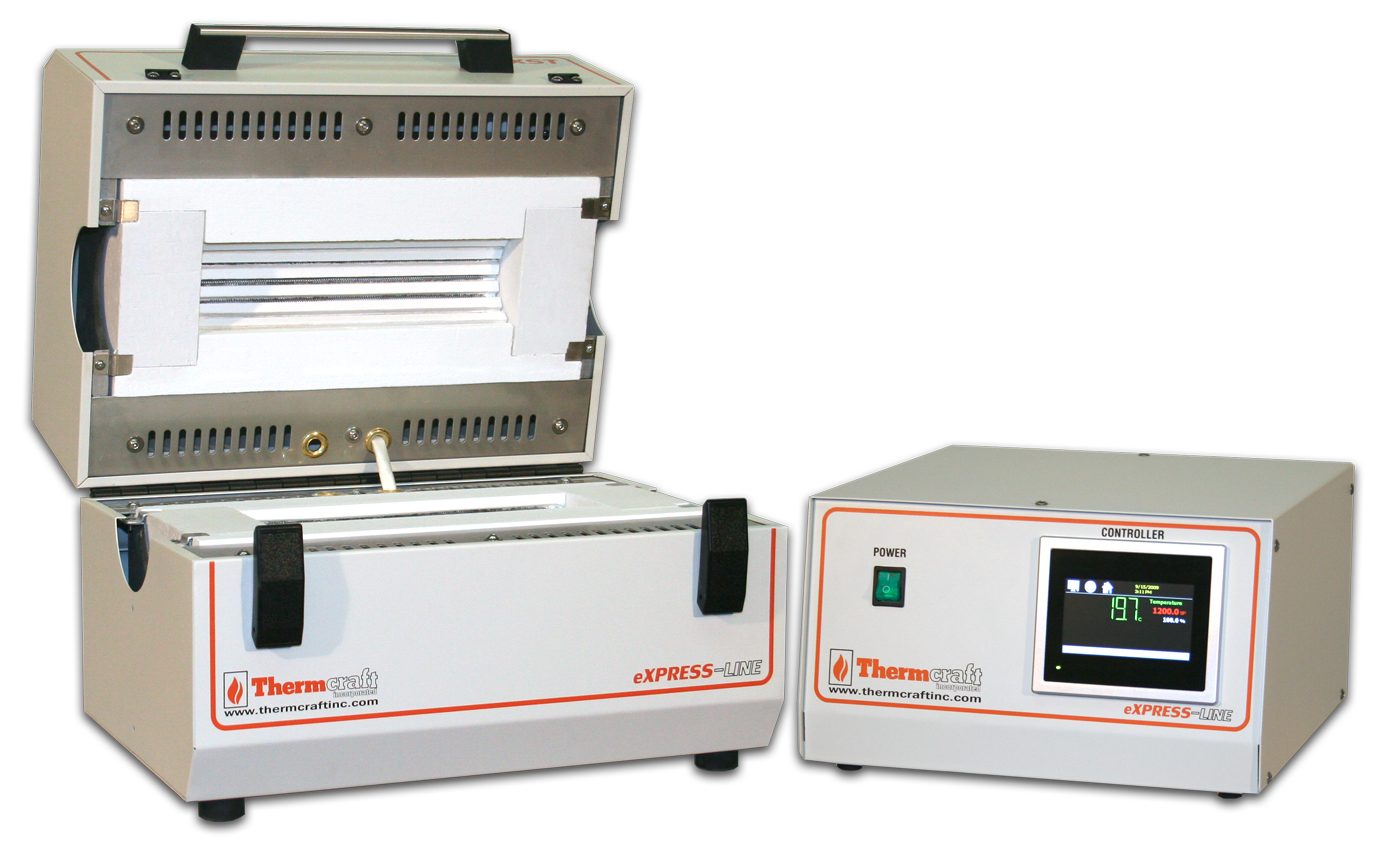
Atmosphere
Another consideration should be the atmosphere that will be used in the unit, as this can have a significant bearing on purchase and maintenance costs. Normally, if the unit is going to be operating in an air atmosphere, no special considerations are required. Should the process generate off-gassing of volatile compounds, then provisions must be made for venting and perhaps protecting the inside of the furnace from chemical attack, depending on the types of gases released. If an atmosphere is required and it is a simple “blanketing gas” such as nitrogen or argon, then all that may be required is to provide a gas inlet and exhaust port in an otherwise standard furnace with the user providing a means to safely exhaust the spent gas from the work area either via an exhaust hood or exhaust manifold piping. It should be noted that when using nitrogen with the higher temperature classes, special care must be taken to prevent damage to the elements due to interaction of the nitrogen and compounds used in the silicon carbide and molybdenum disilicide heaters. Should the atmosphere be some sort of “forming gas” or explosive in nature such as hydrogen, then various safety features will be required and the use of a retort may be dictated. A retort is simply a sealed containment vessel that serves to protect the furnace from attack as well as containing hazardous compounds. A retort can significantly add to the purchase price of the unit, not to mention, operational, safety, and maintenance issues.

Customization
A final item to be considered, although it might seem trivial, would be cosmetic issues. Will the vendor’s standard color scheme work, or must the unit be painted a special color to match existing equipment or standards? Bear in mind that as soon as the word “custom” enters the equation, purchase prices start to increase along with lead times. Also, instead of a painted exterior, is it necessary for the unit to have a stainless steel exterior? While many companies offer both versions based on style and type of unit, the stainless versions often carry a premium, and taking a painted standard unit and converting to a stainless exterior will add significant increase in cost and delivery.
Standard products are available from most vendors of lab furnaces, while some manufacturers such as Thermcraft offer standard units as well as fully customized units that can be specified and engineered to exact customer requirements. Careful consideration will put you ahead of the curve when the time comes to begin the search for your new lab furnace.










